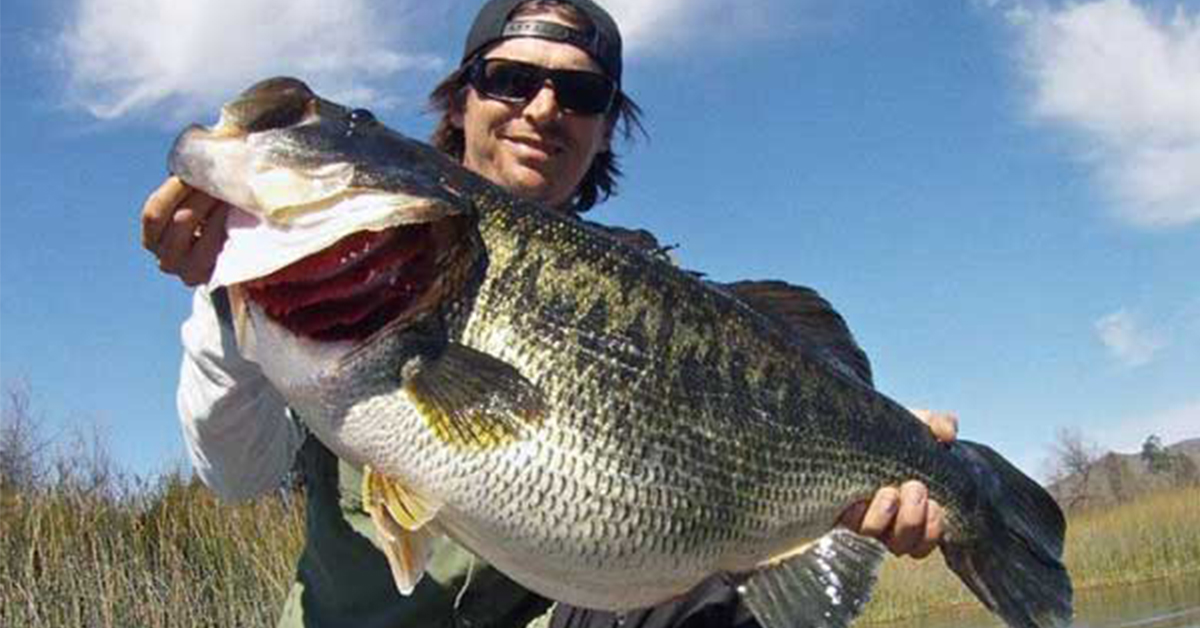Fishing is one of the most popular outdoor activities, and it can be enjoyed by people of all ages and skill levels. From novice anglers to experienced fishers, there is a variety of game fish to target.
Whether you’re a fan of trolling for trout or casting for bass, there are several species that can be caught from the shore or a boat. Here are five popular types of game fish that anyone can catch. From the feisty smallmouth bass to the highly sought-after trout, these fish are sure to provide hours of fun and plenty of bragging rights.

Smallmouth Bass
The smallmouth bass is a popular game fish and a staple in many freshwater fishing line-ups. The fish are native to the Great Lakes region as well as the Mississippi and Ohio River basins. Smallmouth bass can also be found in lakes and rivers in the Northeast, Southeast, and Rocky Mountain regions. A relative of the largemouth bass, the smallmouth bass is smaller in size and has a lighter colour.
The fish are typically olive green or brown on the top and silvery on the bottom. They can grow to be up to 24 inches long and weigh up to 8 pounds. Smallmouth bass is feisty, aggressive fish that are easy to catch because they are piscivorous and feed on smaller fish, as well as crayfish.
Largemouth Bass
The largemouth bass is a highly sought-after game fish that is found in lakes and rivers across the U.S. The fish’s natural range extends from the East Coast to the Rocky Mountains and as far south as Texas. The largemouth bass can also be found in many warm-water bodies across the globe. It is the official state fish of Texas, Florida, and Indiana.
The largemouth bass is a large-bodied fish that can grow up to 36 inches long and weigh more than 15 pounds. The fish are also known as the “black bass,” as they have a black lower jaw and a dark-coloured body. The largemouth bass is known for being a feisty, aggressive fish with a strong bite. It is also a determined fish that will fight well when hooked. This is why so many anglers love to fish for largemouth bass.
Trout
The trout is a popular game fish that can be found in freshwater bodies across the U.S. The fish’s natural range extends from Alaska to southern New England and as far south as Mexico. There are many different types of trout, with the most popular being the rainbow trout, brown trout, and brook trout. The rainbow trout is the most common type of trout found in U.S. waters.
It is a colourful fish with red, orange, or pink spots on its greenish-blue back. Rainbow trout can grow to be up to 5 feet long, although most are between 2 and 4 feet long. The brown trout is a type of trout that is native to Great Britain.
It is a much larger fish than the rainbow trout, growing to be up to 36 inches long. The brown trout has a brownish back with black spots, as well as a yellowish belly. The brook trout is a smaller variety of trout that is native to Eastern North America, as well as parts of Canada.

Walleye
The walleye is a popular freshwater species that many fishers look forward to catching during the summer months when the fish move from deeper waters to shallower lakes and river areas. The walleye is a panfish that is found in many parts of the U.S., including the Great Lakes, the Pacific Northwest, and the Mississippi River.
The walleye is a large, freshwater fish that can grow to be up to 40 inches long and weigh up to about 15 pounds. The fish has a sleek, silver body with a dark spot behind its gill area. It also has two black bars under its eyes. Many fishers look forward to walleye fishing because the fish are feisty, can be caught on many different types of lures, and taste delicious when cooked.
Why
Do you have a favourite freshwater fish you like to catch? If so, the chances are that it is one of the five popular types of game fish listed above: the smallmouth bass, largemouth bass, rainbow trout, brown trout, or walleye. These fish are all easy to catch, and many can be caught in shallow, warm waters.
They are also popular among anglers, so there is a good chance you will find one at a nearby fishing spot. These species of fish are considered game fish because they are sought-after and provide plenty of excitement and action when hooked.
Game fish are generally larger species that can put up a fight when caught on a line. These fish can also be eaten, so you can also enjoy them for dinner once you’ve caught them and released them back into the water.
Tips for Catching Game Fish
- Visit a local bait shop: If you are new to fishing, a local bait shop can be a great place to pick up supplies and tips. At the shop, you can buy fishing rods and reels, fishing lines, and hooks, as well as learn how to tie a fishing knot.
- Find a fishing spot: Many lakes, rivers, and other bodies of water have fishing spots where you can cast for fish. If you can, visit a nearby lake or river during the off-season to scout out the best places to fish.
- Use the right bait or fishing lure: Different types of fish prefer different types of bait or fishing lures. It’s best to do some research and find out what will work best for the species of fish you are trying to catch.
- Stay safe: Even though fishing can be fun, it can also be dangerous. Always make sure you wear a life jacket when fishing from a boat or on a body of water with high water levels.
- Clean your fishing hooks and line: After a fishing trip, be sure to clean your fishing hooks and fishing line to avoid injury when fishing again.

Conclusion
There are many different types of game fish that people can catch. From smallmouth bass to walleye, the five popular types of game fish listed above are easy to catch, and many can be caught in shallow waters. When visiting a local bait shop, be sure to pick up the right types of bait or lures to use when fishing for these species.
Once you are on the water, stay safe, use the right bait or lure, and you will be sure to bring one of these fish in with each cast. If you want to enjoy a great outdoor activity and catch some fish at the same time, these five popular types of game fish are sure to provide plenty of fun and excitement for all skill levels.










